Gender balance is one of the important criteria in sustainable development today. In Vietnam, many businesses in various fields, especially those related to export, have been and are empowering women more.
Compared to the region, we are quite outstanding in the proportion of women in “non-feminine” fields.
Vietnam stands out in the region in terms of the proportion of female scientists.
According to UNESCO (2023), women make up only 31% of the total number of researchers globally, and the gender gap is even more pronounced in senior academic positions. They make up only 12% of members of national academies, are less likely to be invited to speak at major conferences, and are less likely to be the lead author of scientific papers than men.
Sharing at a recent event in Ho Chi Minh City, Prof. Dr. Nguyen Thi Thanh Mai - Vice President of Ho Chi Minh City National University, who has just received a certificate of recognition as an Academician of the World Academy of Sciences in Brazil - said: "In science and technology, the participation of women is an essential factor to ensure that scientific achievements are applied fairly and effectively for everyone."
This person said that in business life, especially with the birth of Resolution 68 on private economy and Resolution 57 on science and technology, it can be seen that scientific research activities are not only limited to the scope of laboratories in institutes and schools, but are taking place in daily practice, in the Research and Development (R&D) departments of enterprises.
Looking regionally, the picture is more varied. For example, Latin America and the Caribbean have nearly half of researchers who are women, while some developed Asian countries have low rates, such as Japan at only 17%, Taiwan at 18.8%, South Korea at 20-25%, China at 28%. Within ASEAN, the Philippines and Thailand have over 50% of researchers who are women, but Singapore is only 34%, and Cambodia around 20%.
Vietnam is a special case, with the proportion of female researchers reaching about 45% - among the highest in the region and exceeding the global average. This result reflects the tradition of valuing equal education as well as the persistent efforts of Vietnamese female intellectuals.
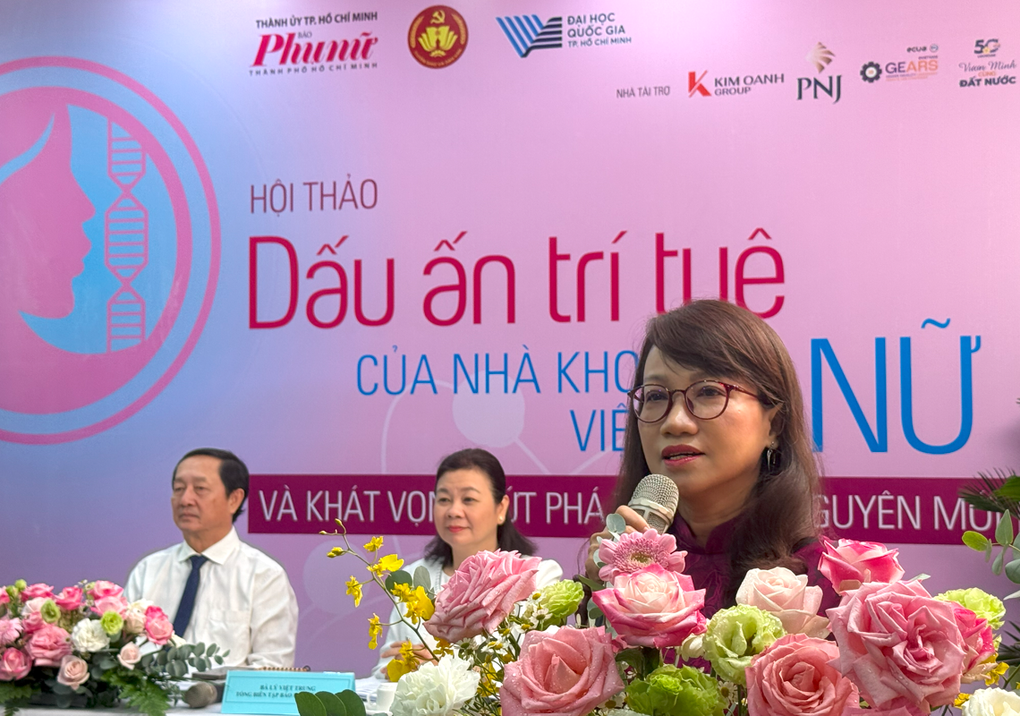
Prof. Dr. Nguyen Thi Thanh Mai - Vice President of Ho Chi Minh City National University shared her speech at the conference (Photo: GEARS@VN).
According to insiders, in the context of the four major resolutions of the Politburo (Resolutions 57, 59, 66, 68) being likened to the "four pillars" that help the country make a breakthrough, removing gender barriers in science will liberate huge resources, creating more momentum for development.
How are Vietnamese businesses implementing?
On the business side, in the water sector, the survey results of VWSA and the Asian Development Bank conducted in 28 countries showed that women only account for 18% of the total workforce; the proportion of women in high management levels is only 3-9%. The ADB report in 2025 shows that women account for about 33% of the workforce in the water supply and drainage sector in Vietnam, but only hold 7% of leadership positions (such as the Board of Directors or Board of Management).
GEAR@VN's team of experts said that they have been consulting on measuring and managing gender equality indexes in the workplace for typical enterprises from many different economic sectors, including: TTC AgriS (Agriculture), Biti's (Consumer Goods), WellSpring Saigon (Bilingual Education), Lac Dia Cooperative (Food and Beverage), Pencil Group (Creative Media), Wecare247 (Healthcare Services).
GEARS@VN was launched in January 2025, and is currently a partnership between BSA Center and ECUE Social Enterprise, aiming to promote women's participation and empowerment in the economic and business sectors. This program is currently being implemented in other countries including Indonesia, Philippines and Myanmar.
In Vietnam, in the 2025-2026 period, the program will conduct research on the current status of gender equality in Vietnam's key export industries (aquaculture, textiles, footwear, wood and furniture).
Or the “Triple Helix” model, considered an effective theoretical framework to connect the State - School - Enterprise, is also attracting the attention of many enterprises including VNG, Coteccons, TTC AgriS, Nestlé, Suntory PepsiCo, ACB, Dien Quang...
In general, international trends show that the ESG policy framework is becoming a common standard. In particular, the “S” factor - Social - includes indicators on gender transparency, human resource diversity and protection of female labor rights. If Vietnamese enterprises cannot demonstrate ESG capacity, especially the gender index, they will have difficulty accessing capital and export opportunities.
Source: https://dantri.com.vn/kinh-doanh/viet-nam-cao-ve-ty-le-nu-khoa-hoc-doanh-nghiep-day-manh-binh-dang-gioi-20251018151538434.htm


![[Photo] Solemn opening of the 10th Session, 15th National Assembly](https://vphoto.vietnam.vn/thumb/1200x675/vietnam/resource/IMAGE/2025/10/20/1760937111622_ndo_br_1-202-jpg.webp)
![[Photo] The Steering Committee of the 2025 Fall Fair checks the progress of the organization](https://vphoto.vietnam.vn/thumb/1200x675/vietnam/resource/IMAGE/2025/10/20/1760918203241_nam-5371-jpg.webp)




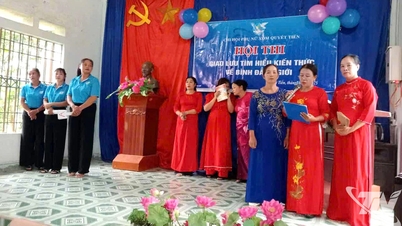

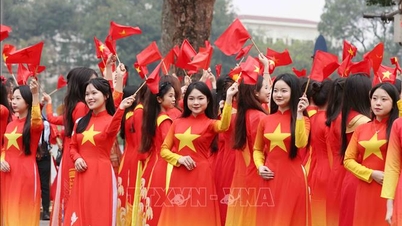

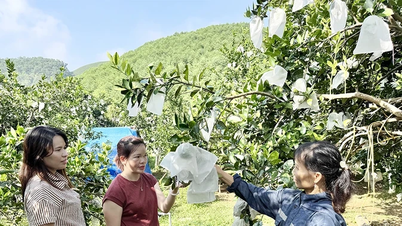

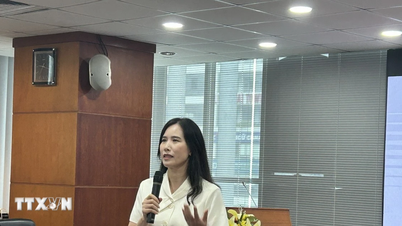

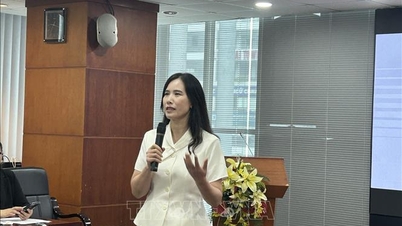

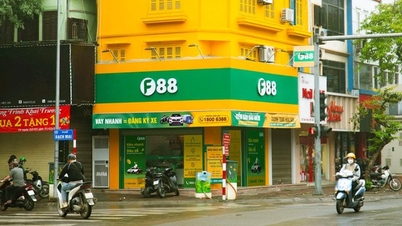



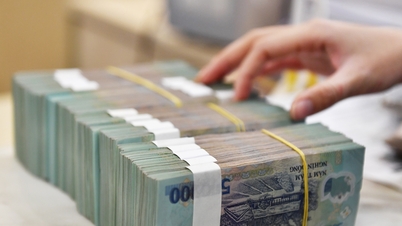

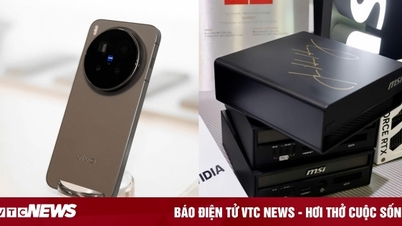

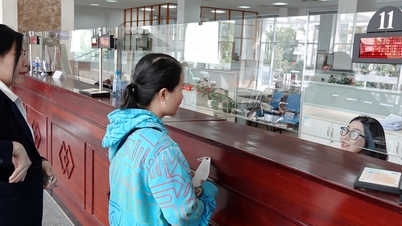








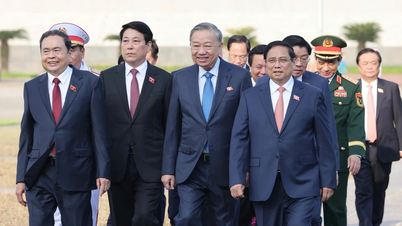

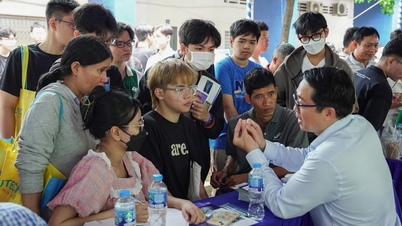







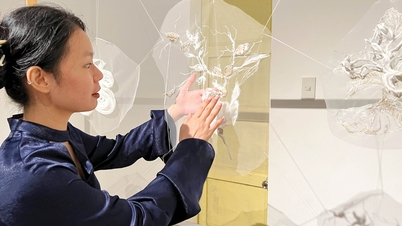

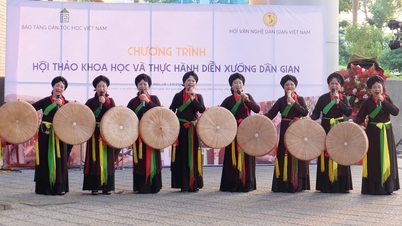




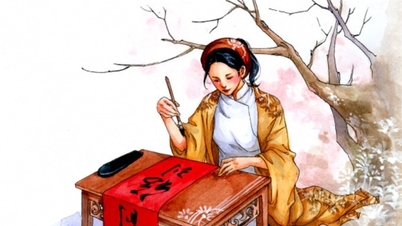
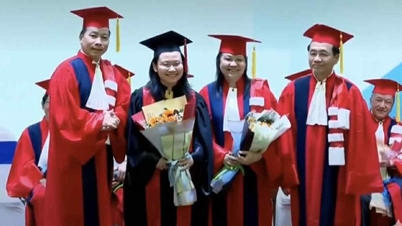




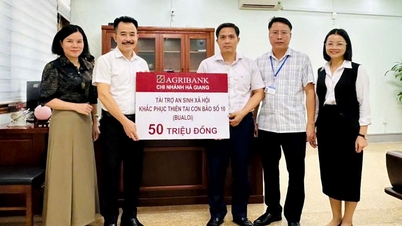

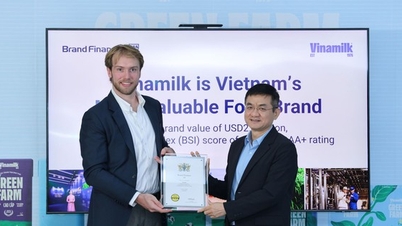

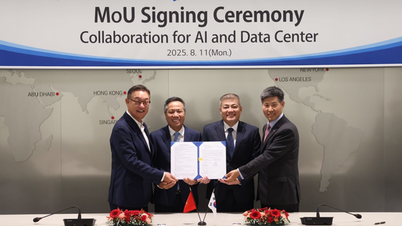

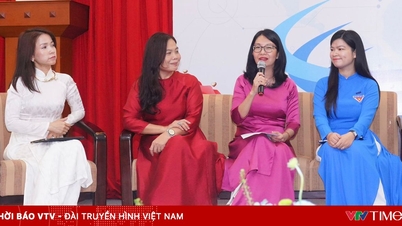
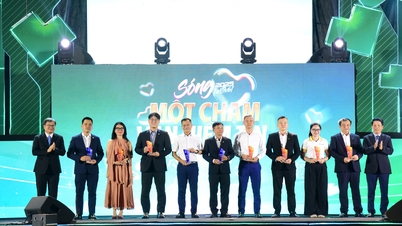







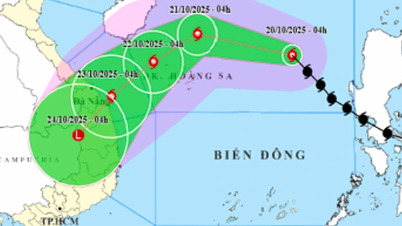

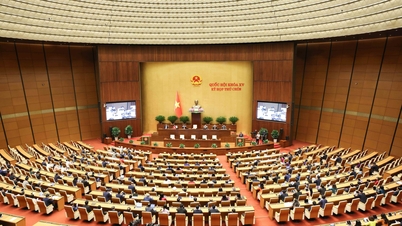
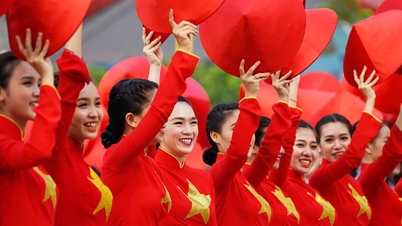

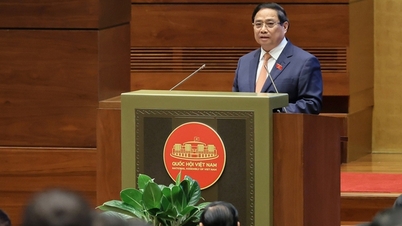



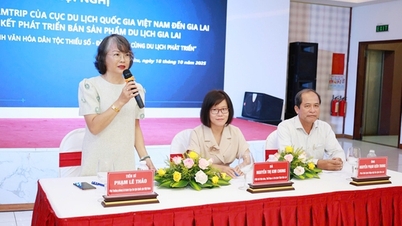
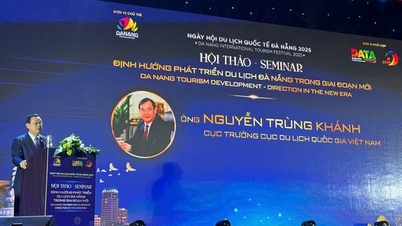
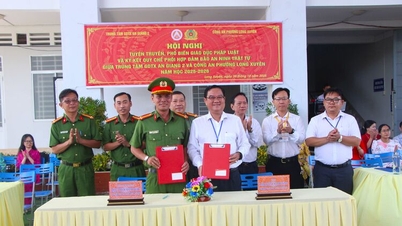

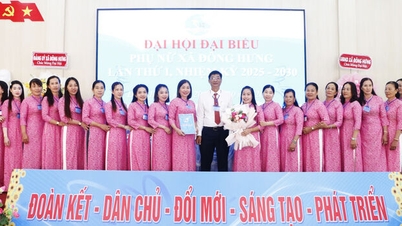
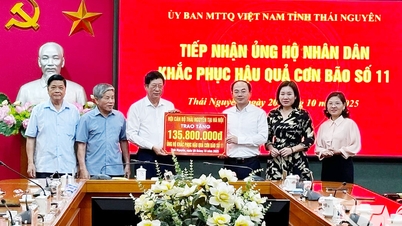
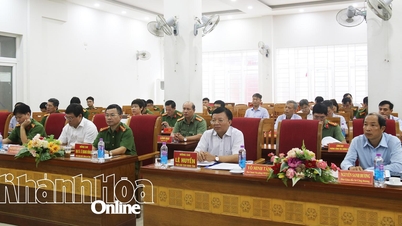



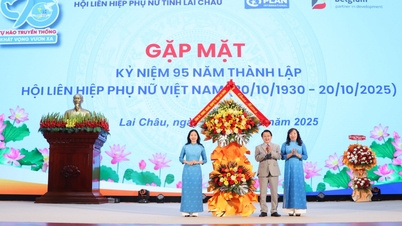
















Comment (0)